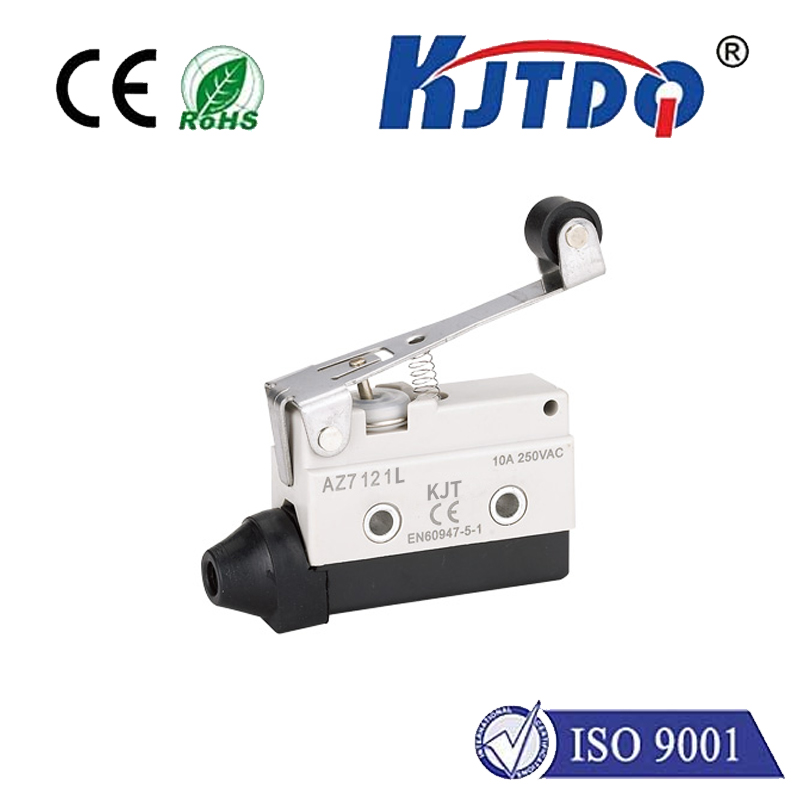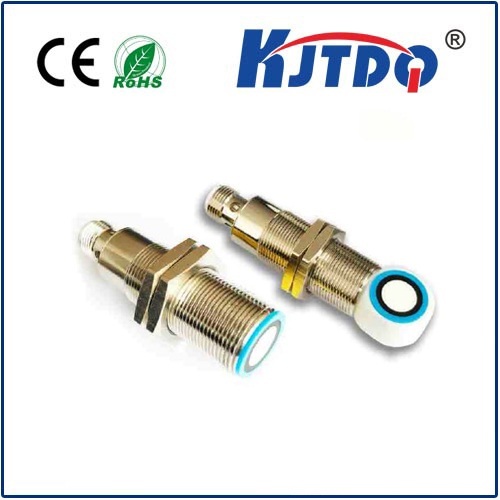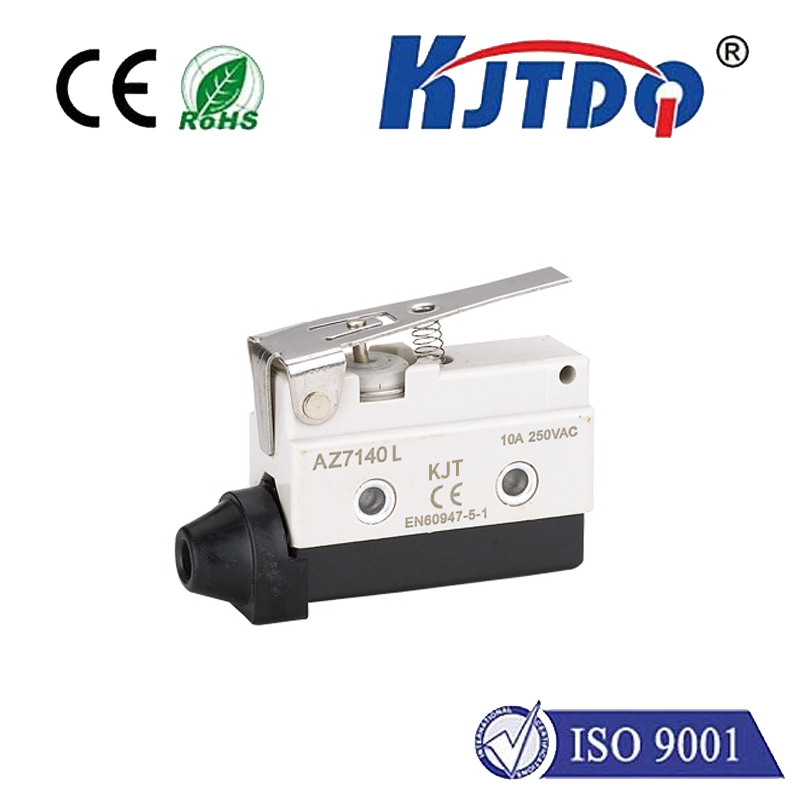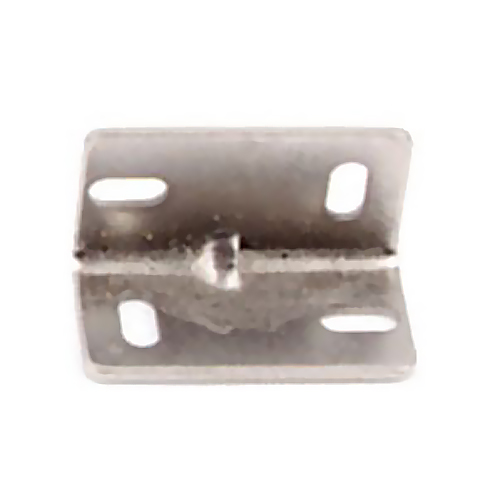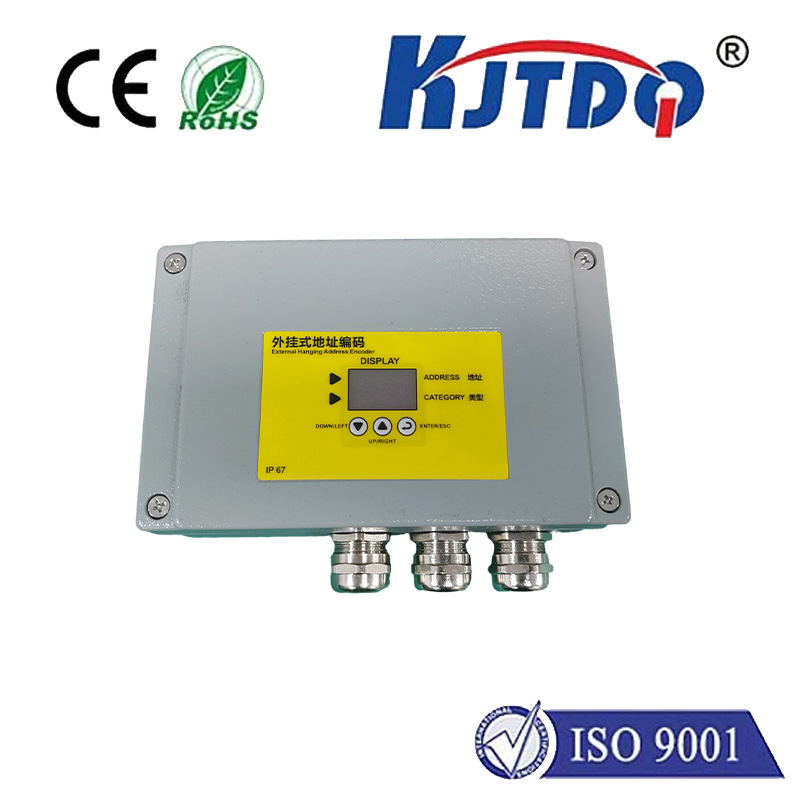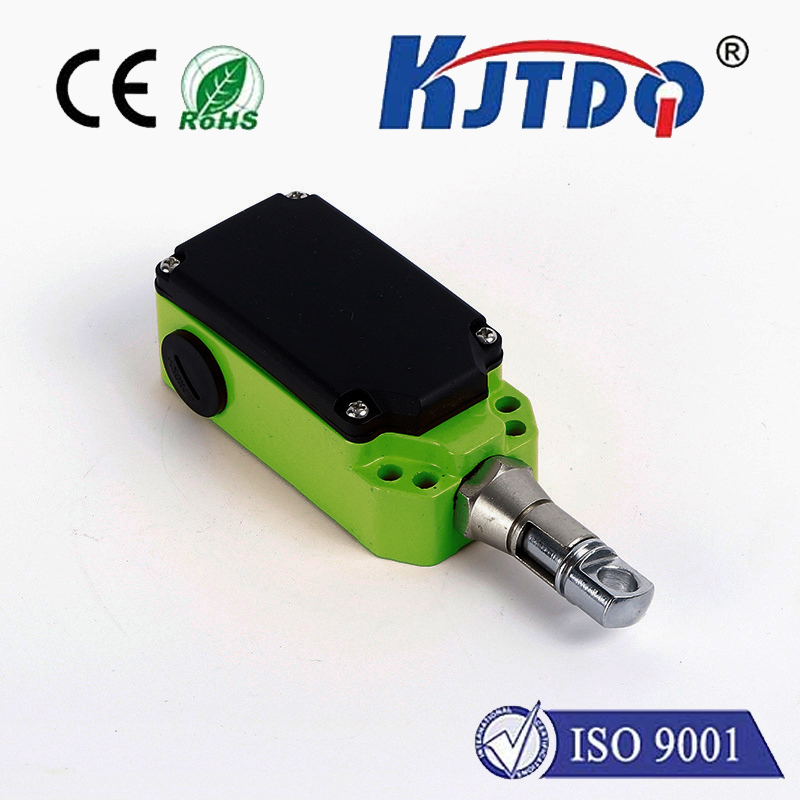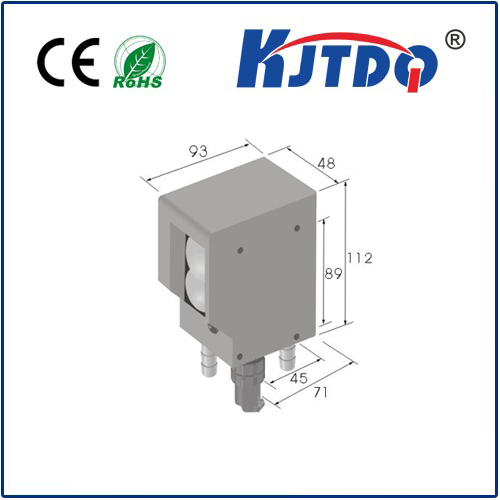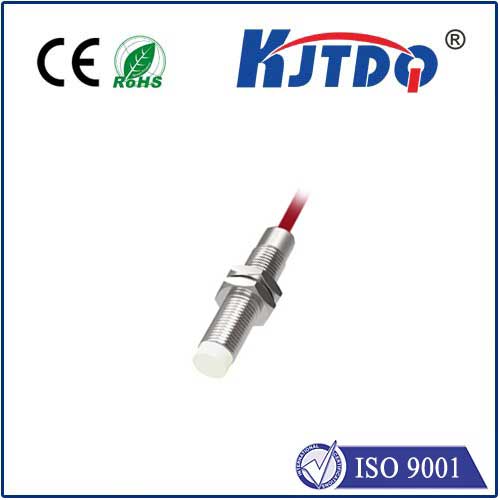acoustic proximity sensor
- time:2025-06-17 00:18:11
- Click:0
Sound as Your Silent Sentry: The Power and Precision of Acoustic Proximity Sensors
Imagine a bat navigating pitch-black caves. It doesn’t rely on sight but emits high-pitched sounds, listening for echoes to map its surroundings and avoid obstacles. This natural marvel, echolocation, is the fundamental principle behind a sophisticated piece of modern technology: the acoustic proximity sensor. These ingenious devices harness sound waves to detect the presence, absence, or distance of objects without physical contact, silently shaping functionality across countless industries.
How Do Acoustic Proximity Sensors “See”?
At their core, acoustic proximity sensors, often termed ultrasonic sensors, operate on a remarkably simple yet effective principle: Time-of-Flight (ToF) measurement. Here’s the breakdown:
- Emission: A piezoelectric transducer within the sensor generates a burst of high-frequency sound waves, typically well above the human hearing range (ultrasonic waves, usually between 20 kHz and several hundred kHz).
- Propagation: These sound waves travel through the air (or sometimes liquid) away from the sensor.
- Reflection: If an object lies within the sensor’s detection range and path, the sound waves hit it and bounce back towards the sensor.
- Reception: The same sensor (or sometimes a separate receiver) detects the returning echo.
- Calculation: The sensor’s internal electronics precisely measure the time interval between emitting the sound pulse and receiving its echo.
- Determination: Since the speed of sound in air is a known constant (approximately 343 meters per second at room temperature), the sensor calculates the distance to the object using the formula: Distance = (Speed of Sound × Time of Flight) / 2. The division by two accounts for the sound wave traveling to the object and back.
Where Silence Speaks Volumes: Key Applications

The non-contact nature, reliability, and versatility of acoustic proximity sensors make them indispensable across diverse fields:
- Industrial Automation & Robotics: Object detection on assembly lines, liquid level monitoring in tanks (from the top), presence verification of parts, robot collision avoidance, and pallet stacking height control are routine tasks. Their resilience to dust, smoke, and vapor (conditions that often baffle optical sensors) gives them a significant edge in harsh factory environments.
- Automotive Safety & Convenience: Modern vehicles are packed with ultrasonic sensors. They are the backbone of Parking Assist Systems (PAS), providing audible and visual cues to avoid bumps. Advanced systems enable semi-autonomous features like self-parking. Blind-spot monitoring and automated liftgates also frequently utilize this technology.
- Consumer Electronics & Smart Homes: Touchless faucets and soap dispensers in public restrooms often rely on ultrasonic sensors to initiate flow. Robot vacuums map rooms and navigate around furniture using arrays of these sensors. Proximity features in smartphones (turning off the screen during a call) can sometimes employ ultrasonic variants. Smart parking solutions in cities use them to detect vehicle presence in individual spaces.
- Medical and Laboratory Equipment: Precise fluid level sensing in infusion pumps and dialysis machines ensures accurate medication delivery. Non-contact detection is crucial for hygiene and preventing contamination in sensitive settings.
- Agriculture & Environmental Monitoring: Monitoring water levels in reservoirs, canals, or tanks is a common application. They can also be used for bin level sensing of grain or other materials.
The Sound Choice: Advantages
Why choose an acoustic proximity sensor over other detection methods? Several compelling advantages drive their selection:
- Material Agnosticism: Unlike optical sensors, they can detect objects regardless of color, transparency, or surface reflectivity. Glass, dark plastic, wood, or metal – if it reflects sound, it can be detected.
- Robustness in Challenging Environments: They perform reliably in the presence of dust, mist, smoke, and vapors – conditions that typically scatter light beams and render optical sensors ineffective.
- Cost-Effectiveness: Generally, ultrasonic sensors offer a very competitive price point compared to many laser-based or complex vision systems, making them suitable for cost-sensitive applications.
- Solid Range Resolution: They provide accurate distance measurement rather than just presence detection over a useful range (often from a few centimeters up to several meters).
- Non-Contact Operation: Eliminates mechanical wear and tear and prevents damage to delicate objects being sensed.
Navigating the Echoes: Limitations to Consider
No technology is perfect, and acoustic proximity sensors have specific limitations:
- Speed of Sound Variations: The speed of sound changes noticeably with air temperature and pressure. High-precision applications require temperature compensation circuitry within the sensor to maintain accuracy.
- Soft or Absorptive Surfaces: Materials like thick fabric, foam, or wool absorb sound waves rather than reflecting them effectively, potentially leading to missed detections or reduced range.
- Environmental Noise Interference: Extremely noisy environments, especially those with loud sounds in the ultrasonic frequency range, can potentially interfere with echo detection. Careful sensor selection and mounting help mitigate this.
- Requirement for a Medium: Unlike optical sensors working in a vacuum, ultrasonic sensors require a medium (like air or liquid) to propagate sound waves.
- Limited Speed for Dynamic Targets: While fast for many applications, the time taken for sound to travel back and forth inherently limits their ability to track very high-speed objects compared to laser sensors.
Key Considerations for Effective Implementation
Successfully integrating acoustic proximity sensors requires attention to key factors:
- Mounting: Correct alignment relative to the target is crucial. Vibration or movement can affect readings. Acoustic baffling might be needed to isolate the sensor from structural vibrations.
- Target Angle: Objects significantly angled away from perpendicular to the sensor face reflect sound poorly, reducing effective range or causing dropouts.
- Dead Zone: A small area directly in front of the sensor face (a few centimeters) where it cannot reliably detect objects, as it is still “ringing” from the emitted pulse while listening for a very early echo.
- Field of View: Sensors have a conical detection area. Understanding the beam pattern is essential to know what objects will be detected and potential sources of false echoes.
Conclusion: An Orchestra of Silent Detection
Acoustic proximity sensors, with their elegant mimicry of nature’s sonar, provide a robust, versatile, and cost-effective solution for countless detection and ranging challenges. Their unique ability to “see” reliably where light-based systems falter, combined with their non-contact precision, ensures they remain a fundamental component in the sensory toolkit driving automation, safety, and efficiency. As technology evolves, while newer sensing modalities emerge, the ultrasonic sensor continues to find resonance in an ever-widening array of applications, proving that sometimes, the most effective guardian is the one you cannot see or hear.







